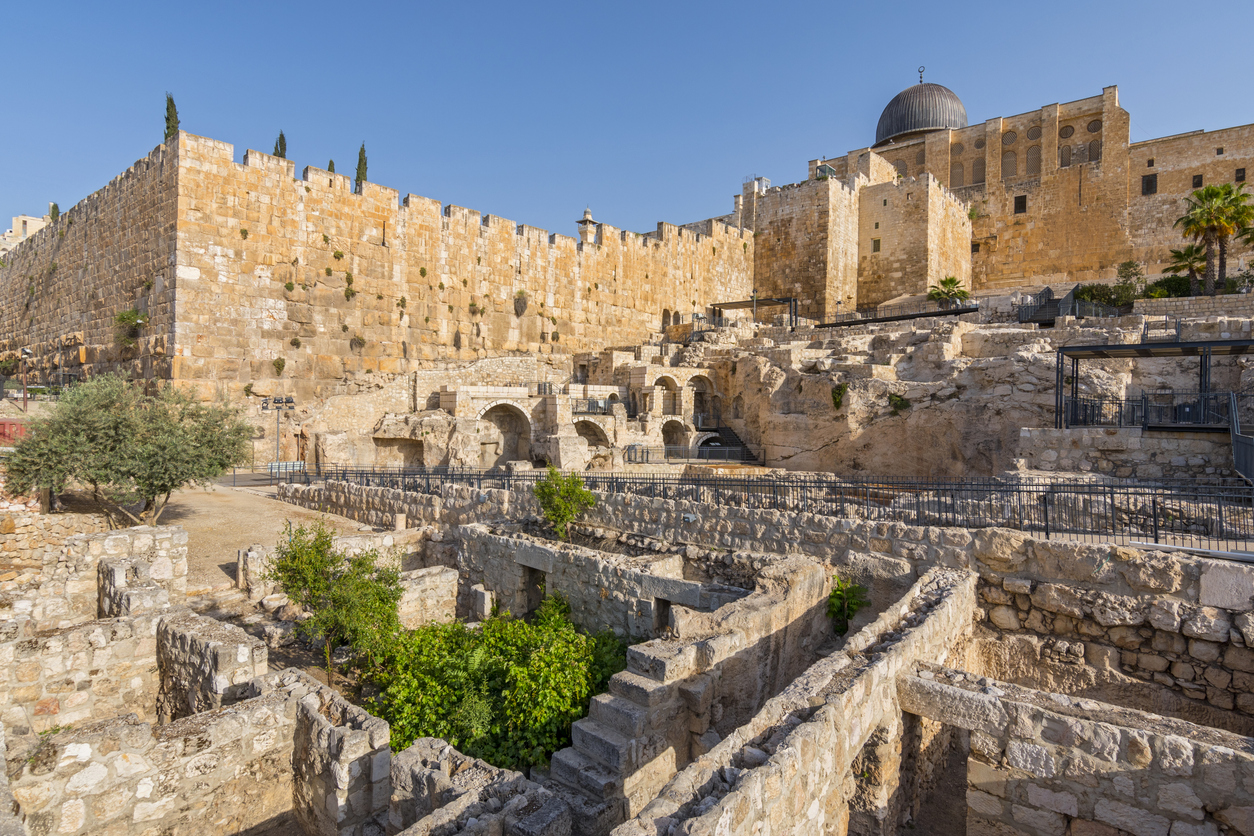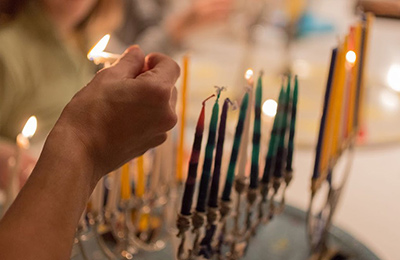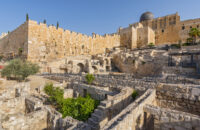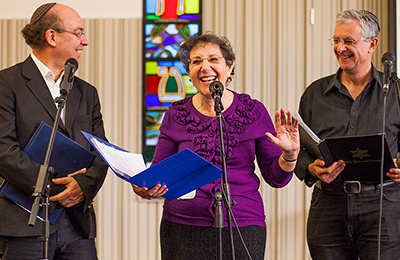Tisha b’Av: Causes of Destruction, Seeds of Hope

Tisha b’Av, the saddest day in the Jewish calendar, is not mentioned in the Torah. It is hinted at in Zechariah 8:19, which speaks of “the fasts of the 4th, 5th, 7th and 10th months,” as the Torah counts the months (Av is the fifth month). The Mishna (Taanit 4:6) tells us that five disasters occurred on this date, including the destruction(s) (churban) of the First and Second Temples.
The Rabbis, living after the destruction of the Second Temple, were preoccupied with the causes of these calamities. One well-known source tells us that the First Temple fell, in 586 BCE at the hands of Nebuchadnezzar and the Babylonians, because of the high rate of idolatry, sexual immorality and bloodshed. The Jews of the Second Temple period behaved much better, they say, but nonetheless the Romans were still able to capture Jerusalem in 70 CE and destroy the Temple because of sinat chinam (causeless hatred) within the community (Talmud Yoma 9b). The Rabbis illustrate the sin of sinat chinam in the famous story about Kamza and Bar Kamza, who lived just before the Second Temple was destroyed. An innocent “secretarial” error initiated a series of events (a “scene” at a party, the uninvited guest expelled, rabbinic silence in the face of bad behaviour) which ultimately lead to the destruction of the Temple (Talmud Gittin 55b). While these explanations sound simplistic, historians confirm that disputes within the Jewish community inside the besieged Jerusalem, including violence and the destruction of property, were major factors in the city’s downfall.
This is not the only explanation the rabbis give for the destruction of the Second Temple. Rabbi Yochanan, an important Talmudic rabbi in the third century, makes a radical statement: “Jerusalem was destroyed only because they gave judgments there in accordance with the laws of the Torah,” by which he means that the courts followed the strict letter of the law blindly, without taking broader equitable considerations into account.
The Talmud in Shabbat 119b gives a remarkable list of additional causes for the fall of Jerusalem, from eight rabbis spanning several centuries in both Eretz Yisrael and Babylonia. “Lo charva Yerushalayim ela bishvil…Jerusalem was destroyed only on account of…” each line begins, and the reasons are very diverse, reflecting the social reality and particular crisis that each rabbi felt in his time and place. They include the desecration of Shabbat; neglect of the recitation of Kriat Sh’ma; deterioration of the school system; that people no longer felt shame for sinning; failure to pay respect to those of position or achievement; people failed to rebuke each other; scholars were treated with contempt; and, last but not least, there were no longer people of integrity around – either none existed anymore or they were there but had no impact on the community.
Two things should be noted. Firstly the rabbis analyse the destruction of Jerusalem not only as a historical episode but as a paradigm, of the Jewish people as a whole and indeed of each subgroup and community, as applicable today as it was in 70 CE. We do not always have control over the circumstances and values in the larger society, but we should try to influence those within the Jewish community, as these can play a critical role in its ultimate strength or weakness. Alongside the importance of religious observance and education, these sources emphasise that the society must be based on respect, integrity and a willingness to compromise personal interest for the welfare of the community.
Secondly, amongst the many causes the rabbis found to explain the churbans, there is one they never mention – that perhaps the Babylonian or Roman armies were simply stronger than our forces. In the rabbinic view even these misfortunes were the work of the one and only God, and the Babylonians and Romans were, unwittingly of course, instruments of His purpose, an idea already expressed in Isaiah (ch 10) and Jeremiah (chs. 50-51). While on the surface it seems cruel, it contains within it the seeds of hope. If our deficiencies are a significant factor in our tsarot (problems), then, hopefully, if we can their correct them, we can improve our situation.
The fast of Tisha b’Av moves from mourning to hope; the mood by mincha time is less bleak. Zechariah’s prophecy (8:19) that the days of fasting will become days of gladness includes Tisha b’Av as well, and it is commonly stated that the Messiah will be born on this date.The rabbinic texts provide a basis for the optimism that has accompanied the Jewish people through many dark moments in its history. May Tisha b’Av be an inspiration for tikun, improvement, in the lives of all of us and the Jewish People as a whole.
Rabbi Daniel Goldfarb teaches Liturgy, the Jewish Calendar, and Pirke Avot at the Conservative Yeshiva.




